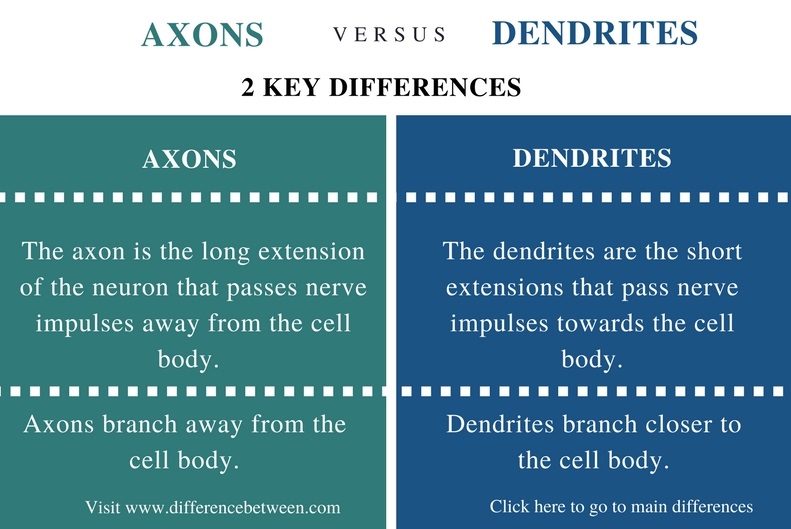

Keratan sulfate also has a wider distribution in the body in organs other than the CNS. Both large and long fascicles, such as the corticospinal tract, and short fascicles, such as the coarse local axonal bundles within the globus pallidus and similar but smaller “pencil fibers of Wilson” within the corpus striatum, are insulated ( Sarnat, 2019). An additional function of keratan sulfate in the brain, where is it secreted by astrocytes into the intercellular matrix, is to surround axonal fascicles so that axons can neither enter nor exit the fascicles except at programmed places. Granulofilamentous keratan sulfate also binds to neuronal somatic membranes, but not to dendritic spines, explaining why axosomatic synapses are inhibitory and axodendritic synapses are excitatory ( Sarnat, 2019). Keratan sulfate also occurs in the forebrain and is strongly expressed in early fetal life in the thalamus and globus pallidus, later appearing in the molecular zone and later diffusely in the cortical plate, finally becoming more localized in the deep cortical laminae and the U-fiber layer, where it impedes the penetration of axons from deep white-matter heterotopia so that they cannot integrate into cortical synaptic circuitry and epileptic networks ( Sarnat, 2019). Commissural axons also are enabled to cross the ventral median septum of the spinal cord that repulses longitudinal axons growing rostrally or caudally in the longitudinal axis of the neural tube and early fetal spinal cord ( Bovolenta and Dodd, 1990) Another repulsive factor for guidance of olfactory axons away from septal receptors is a secreted protein called Slit, which is the ligand for the Slit receptor Robo ( Brose et al., 1999 Li et al., 1999 Rothberg et al., 1990). The great majority of dorsal root ganglion neurons that project axons into the dorsal columns are glutamatergic, by contrast with spinothalamic fibers that mainly are GABAergic ascending axons of the nuclei gracilis and cuneatus to the thalamus also are GABAergic. Keratan sulfate is selective, however, repelling excitatory glutamatergic axons while facilitating inhibitory GABAergic axons.

The proteoglycan keratan sulfate has been known since 1990 to be an important molecule in the dorsal median septum of the spinal cord that prevents rostrally growing dorsal column axons from crossing the midline before their intended destinations in the nuclei gracilis and cuneatus at the caudal medulla oblongata aberrant decussation would confuse the brain about laterality of sensory stimuli ( Snow et al., 1990).

Some molecules (e.g., brain-derived neurotropic growth factor, netrin, S-100β protein) attract growing axons, whereas others (e.g., the glycosaminoglycan keratan sulfate-not to be confused with another very different protein, keratin) strongly repel them and thus prevent aberrant decussations and other deviations. However, we now know that diffusible molecules secreted along their pathway by the processes of fetal ependymal cells and perhaps some glial cells guide growth cones during their long trajectories. The tropic factors that guide the growth cone to its specific terminal synapse, whether chemical, endocrine, or electrotaxic, have been a focus of controversy for many years. Ramón y Cajal first noted the projection of the axon toward its destination and named this growing process the cone d’accroissement (growth cone). The outgrowth of the axon always precedes the development of dendrites, and the axon forms connections before the differentiation of dendrites begins. Rough endoplasmic reticulum becomes swollen, and ribosomes proliferate. Cytodifferentiation begins with a proliferation of organelles, mainly endoplasmic reticulum and mitochondria in the cytoplasm, and clumping of condensed nuclear chromatin at the inner margin of the nuclear membrane. Joseph Jankovic MD, in Bradley and Daroff's Neurology in Clinical Practice, 2022 Growth of Axons and Dendritesĭuring the course of neuroblast migration, neurons remain largely undifferentiated cells, and the embryonic cerebral cortex at midgestation consists of vertical columns of tightly packed cells between radial blood vessels and extensive extracellular spaces.


 0 kommentar(er)
0 kommentar(er)
